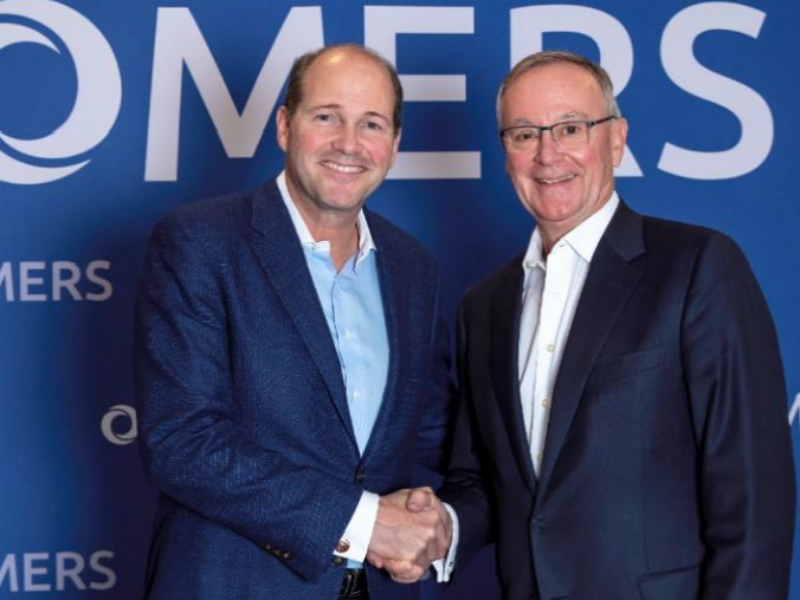

The Ontario Municipal Employees Retirement System posted an 11.9 per cent return for 2019.
The net return added $11.5 billion in value to the pension fund, pushing its funded status on a smoothed basis to 97 per cent. The double-digit returns neatly beat the OMERS overall benchmark of 7.5 per cent.
“The story in 2019 is that there was positive returns across all asset classes, clearly led by public equities,” said Jonathan Simmons, chief financial officer at the OMERS, at press conference in Toronto on Monday.
The year’s return represents a significant improvement over 2018’s return of 2.3 per cent off the back of a challenging period for public equities. In a dramatic turnaround, the OMERS saw a net return of 20.3 per cent in its public equities portfolio, up from the negative 8.3 per cent return it posted the year prior.
Read: OMERS posts 2.3% return for 2018
“There’s an ebullience that has affected all of us in the public equity game, but we’re very proud of our results, . . .” said Michael Latimer, chief executive officer of the OMERS. “Given the context of our plan, we’re not going to be a proxy of the market, so we have to very selective, knowing the cash generation that we need to meet our liabilities.”
Within fixed income, inflation-linked bonds had a particularly good year, returning 7.1 per cent in 2019, up from a negative 0.4 per cent return in 2018.
Private assets continued to be positive contributors to the portfolio with private equity posting 4.6 per cent, infrastructure 8.7 per cent and real estate 8.3 per cent. Simmons noted that, while private equity still yielded positive returns, they were somewhat muted, especially when compared with the asset class’s 13.5 per cent return in 2018. During 2019, the fund didn’t make any major sales in the asset class, he added. “No large exits this year and it’s large exits that help our portfolio.”
Read: Caisse posts 10.4% return for 2019 bolstered by equities
The asset mix of the overall portfolio shifted gently, shedding some public equity exposure to finish 2019 at 29 per cent of the portfolio, down from 33 per cent at the end of 2018. Government bonds also shifted downward over the period, from six per cent to three per cent. Meanwhile, infrastructure ticked a little higher, rounding out the year at 19 per cent, compared to 18 per cent the previous year.
“The biggest change you’ll see is that the level of cash and economic leverage in the portfolio . . . came down from 13 per cent where we used derivatives to take exposure to markets, down to virtually zero,” said Simmons. “And that reflects some decisions made in our capital markets group to sell down positions in public equity and also in fixed income. So, as markets rallied during 2019, the team took the opportunity to realize some gains, take some risk off the table.”
Read: Canadian DB plans return 14% for 2019: RBC
Overall, with negligible leveraged assets, the OMERS has some dry powder, waiting for the right opportunities, said Blake Hutcheson, president of the OMERS. The fund doesn’t disclose how much cash it has sitting on the sidelines, but he said the team is quite comfortable with its current positioning.
Investments in Asia-Pacific have grown to make up eight per cent of the portfolio. Close to two years ago, the OMERS established a Singapore office which Simmons noted reflects the fund’s commitment to exposure in high-growth markets. He said the OMERS doesn’t yet have any formalized targets for building positions in the region, emphasizing the team’s careful attitude towards its work as the fund finds its feet in Asia-Pacific.
“As we grow from $110 billion, call it, to $200 billion over the next seven to 10 years, we will grow in every region. . . . But Asia will be a significant focus for us as we see bigger GDP-growth opportunities in that region,” said Latimer.
Read: Will emerging Asia outperform against an improving global backdrop?
